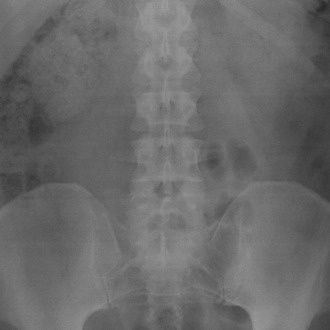Better identification of vertebral fractures could cut unnecessary GP visits

Diagnostic imaging professionals should identify patients at risk of osteoporosis in order to cut unnecessary GP visits, new guidance has suggested.
The guidelines from the National Osteoporosis Society have said that by encouraging imaging professionals to find and report vertebral fractures, patients at risk of osteoporosis could be identified and started on preventative treatments.
The society found that every year osteoporosis causes 500,000 broken bones and costs the NHS £1.1bn, yet 70% of vertebral fractures remain undiagnosed.
It added that each vertebral fracture accounts for 14 additional GP visits in the year after the fracture.
The guidance has been created in the hope that it will help to reduce the number of appointments by increasing early identification and the use of preventative treatments.
The report said: ‘Effective case-finding and management of patients with osteoporotic vertebral fractures requires an integrated approach across the whole fracture prevention pathway, with diagnostic imaging departments being uniquely placed to bring about the most substantial improvements’.
National Osteoporosis Society clinical director Fizz Thompson said that spotting vertebral fractures earlier would give GPs a significant opportunity to start people on osteoporosis care pathways before they suffer from additional fractures.
She said: ‘Osteoporosis has serious and long-lasting implications for those affected, and represents a severe drain on the resources of the NHS and our already under-pressure GP services.
‘Cutting down on 13 potential extra GP visits – that’s more than two hours a patient – and improving patient outcomes will have obvious benefits for local health economies.’
NHS England’s national clinical director for diagnostics Dr Tony Newman-Sanders said: ‘Vertebral fractures are the most common osteoporotic fracture, and this new guidance from the National Osteoporosis Society seeks to address this problem head-on and will provide diagnostic imaging professionals with tools to diagnose vertebral fractures as early as possible.
‘This will help identify people with osteoporosis who would benefit from treatment and prevent further fractures.’
Last December a UK-wide study found that screening for osteoporosis in GP practices could lead to a 28% reduction in hip fractures over five years, with a simple questionare being used to identify those at risk.
Visit Pulse Reference for details on 140 symptoms, including easily searchable symptoms and categories, offering you a free platform to check symptoms and receive potential diagnoses during consultations.









